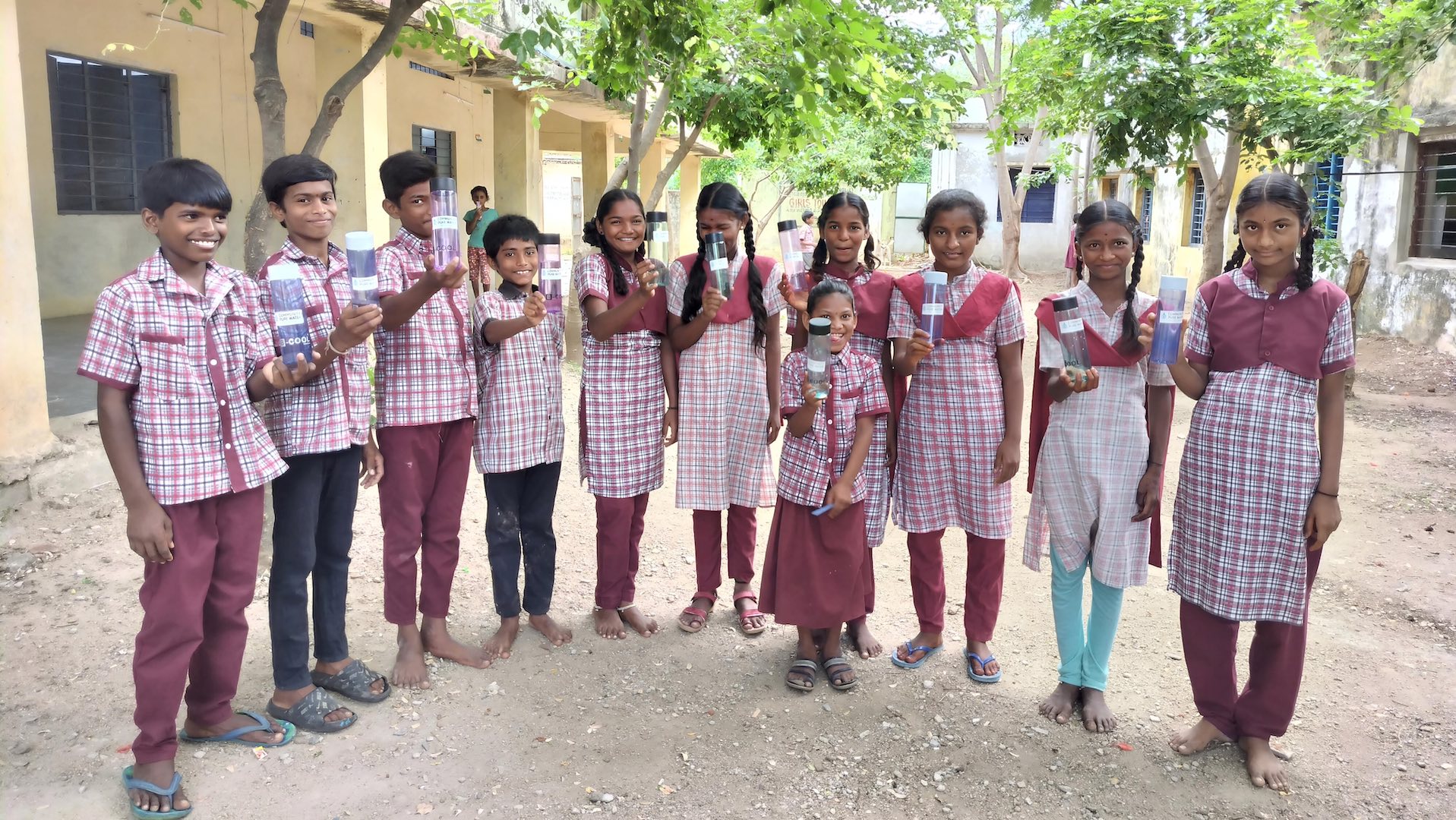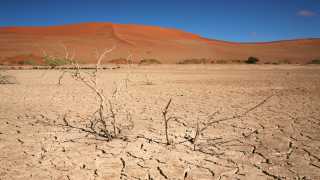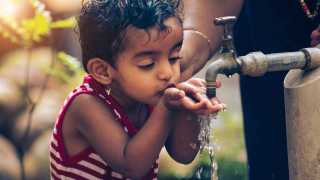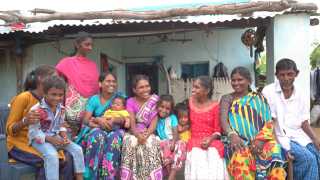When a community gets access to safe water for the first time, it triggers a profound ripple effect, creating a series of far-reaching changes that last for generations to come. The impact extends far beyond basic hydration, saving lives and improving people’s health, education and livelihoods. Safe water is just the beginning in this transformative journey.
Here’s how access to safe water creates ripples of lasting change:
Health: Safe water access prevents waterborne diseases and reduces health risks associated with contaminated water. This leads to improved public health, reduced healthcare costs, and increased life expectancy. In fact, there is a self-reported reduction in medical bills by almost 50% in the villages that we serve.
Fact: As per UNICEF, 37.7 million Indians are affected by waterborne diseases every year, 75% of whom are children.
Education: Sharing the burden with their mothers, children around the world, especially girls, spend 200 million hours each day collecting water. This takes time away from school. Likewise, without access to safe water, water-related illnesses often keep children out of school. With safe water around the corner, children can attend school regularly, leading to increased school enrollment, better engagement in studies and higher literacy rates. Ample hydration also improves cognitive function and brain development in children, further aiding in better education. This means that kids who have access to safe water can dream to have bright, healthy futures.
Fact: School attendance in India decreases when children are required to spend hours collecting water. A 22 per cent increase in school dropout rates has been reported in drought-affected states. (Source: www.unicef.org/india)
Economic Opportunities: Access to safe water and sanitation at home turns time spent into time saved, giving families more time to pursue education and work opportunities that will help them break the cycle of poverty. It enhances productivity by preventing illness and freeing up time for income-generating activities. It supports agricultural development, enables small-scale businesses, and promotes economic growth. It comes as no surprise that providing reliable access to safe water is one of the most cost-effective interventions to bring about economic transformation among underprivileged rural communities.
Fact: Indian women spend some 150 million days collecting water annually, losing an estimated INR 10 billion (US$133 million) in incomes (Source: orfonline.org).
Every year, India collectively loses 73 million days to waterborne diseases, resulting in an economic burden of $600 million. (Source: washmatters.wateraid.org)
Gender Equality: Women and girls are disproportionately affected by the water crisis, as they are often responsible for collecting water. This takes time away from work, school, caring for themselves and family, and their involvement in the community. The lack of water and sanitation locks women in a cycle of poverty. Access to safe water at home gives women hope, health, education and opportunity. Watch how CPW’s plant has enabled Mrs. Yellamma to contribute to her family income at the age of 78.
Fact: On a global scale, for every year a girl stays in school, her income can increase by 15-25% (Source: water.org)
Child Mortality Reduction: Safe drinking water is critical to the development of a healthy child. According to the UNICEF and FAO Report, 45% of India’s children are stunted and 600,000 children under five die each year, largely because of inadequate and unsafe water supply. Safe water access contributes to lower child mortality rates by preventing waterborne illnesses that disproportionately affect children. Further, healthy children grow up to be resilient, healthy adults who have bright futures, ensuring that the benefits of safe water ripple out throughout their lifetime.
Fact: According to the UNICEF and FAO Report, 45% of India’s children are stunted and 600,000 children under five die each year, largely because of inadequate and unsafe water supply.
Reduction in Poverty: Water and poverty are inextricably linked. Poor access to water and insufficient sanitation affect health, food security, and prospects for making a living. Access to safe water means improved health, education, and economic opportunities that result in prosperity for families and communities for generations to come.
Here is the story of a man whose fortunes changed once Community Pure Water installed a water purification plant in his village in Telangana. From struggle to economic progress, Kasturi has come a long way and his journey is centered around safe water. Click to watch.
Access to safe water creates a positive ripple effect that connects every aspect of life, quickly turning problems into potential. It sets in motion a cycle of well-being and progress. Each CPW water purification center has a transformative effect on the communities it reaches, providing a strong ‘ripple of good’ throughout the region by reducing disease, empowering rural communities to pursue other necessary tasks, and empowering women and girls. These water centers can easily be visualized as beacons of hope, spreading health and equity through underserved communities in rural India.








